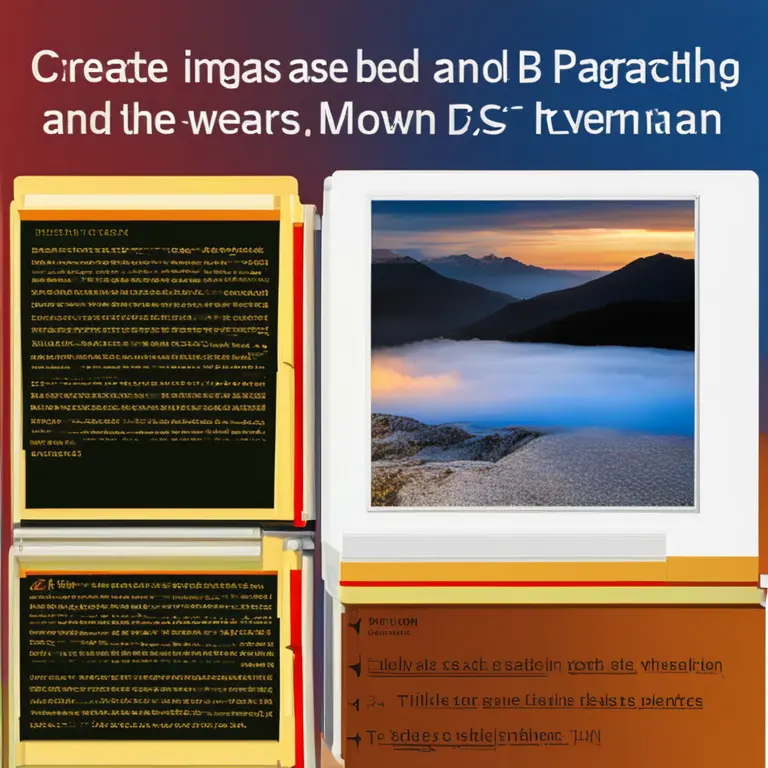
A Beginner's Guide to Mindfulness Meditation
Delve into the serene practice of mindfulness meditation with this beginner's guide, your pathway to inner peace and clarity.
article by Hina Kurosawa
Embracing Mindfulness in Daily Life
Mindfulness meditation is an ancient practice now widely recognized for its benefits in reducing stress and improving overall wellbeing. By focusing on the present moment and accepting it without judgment, practitioners can cultivate a sense of peace and mental clarity. This timeless art has woven its way into contemporary wellness practices, becoming a staple for those seeking tranquility in the fast-paced digital age of 2024 and beyond.

Preparing Your Meditation Space
Before delving into mindfulness meditation, it's crucial to create a conducive environment. Choose a quiet, comfortable spot that's free from distractions, with gentle lighting if possible. Some may prefer a cushion or chair that supports a straight but relaxed posture. The aim is to minimize discomfort that could disrupt your focus, ensuring that physical surroundings support your journey inward.

Understanding the Meditation Posture
Your posture during meditation plays a significant role in the practice. Sit with a straight back, relaxed shoulders, and a level head. Place your hands in your lap or on your knees, whichever feels more natural. Closing your eyes can help minimize distractions, but if you prefer, fix your gaze softly in front of you. The objective is to be comfortable yet alert, facilitating a prolonged state of concentration.

Mastering the Breath
The breath is a cornerstone of mindfulness meditation. Start by taking deep, measured breaths: inhale slowly through your nose and exhale through your mouth. As you become more comfortable, let your breath return to its natural rhythm. Focus your attention solely on the sensation of breathing—the air entering and leaving your nostrils and the rise and fall of your chest. This focal point will become your anchor during the meditation.

Observing Your Thoughts
An essential aspect of mindfulness is the nonjudgmental observation of your thoughts. As you meditate, thoughts will inevitably surface. Instead of engaging with them or trying to push them away, simply observe them as they come and go, like clouds passing in the sky. Each time you notice your mind wandering, gently redirect your focus back to your breath. This practice cultivates a gentle awareness of the present moment.
Dealing with Distractions
Distractions are natural during meditation, especially for beginners. External noises or internal discomfort may draw your attention away from your breath. Acknowledge these distractions without frustration and return to your breathing. With consistent practice, you'll become more adept at maintaining focus, and these interruptions will become less disruptive to your state of mindfulness.
Concluding Your Meditation
To conclude your session, slowly bring your awareness back to the room. Notice the sounds around you, the feeling of the chair or cushion beneath you, and any scents in the air. Open your eyes gently, taking a moment to transition from meditation to the fullness of your surroundings. Carry the sense of peace you've cultivated into the rest of your day.
Incorporating Mindfulness into Everyday Life
Mindfulness doesn't end with meditation—it can infuse every part of your daily routine. Practice being fully present as you eat, walk, or engage in conversations. By applying the principles of mindfulness throughout your day, you can enjoy a more balanced, serene approach to life's challenges and appreciate its joys more deeply.
Published: 1/18/2024
Modified: 1/18/2024
More predictions
Come back here soon to learn more about yourself and your future


Can Meditation Manage Depression?
Discover how meditation can contribute to managing depression, its potential benefits, and the connection between mindfulness and mental health.


How Meditation Reshapes Our Brains
Discover the transformative power of meditation and its profound impact on brain structure and function in this insightful article.


The Origins of Meditation: Tracing Its Historical Roots
Discover the historical origins of meditation, its transformation through time, and its profound impact on various cultures around the world in this insightful article.